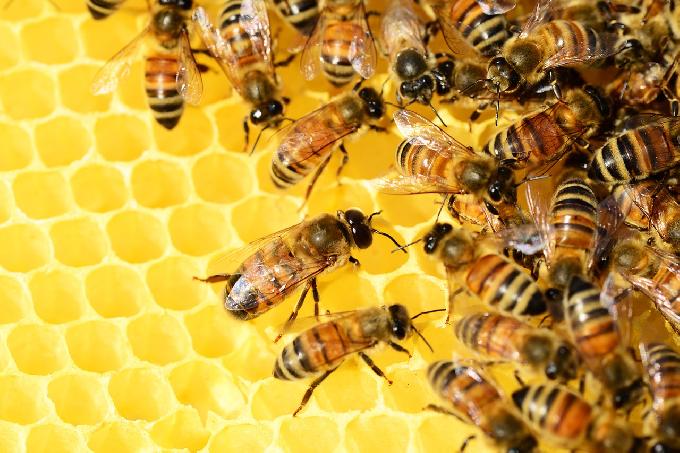With brains only the size of a sesame seed, honeybees excel at decision-making through collective behavior and individual cognitive processes. Their ability to communicate, assess options, and adapt to changing circumstances has fascinated scientists and inspired research in various fields.
Scientists are actively now exploring ways to leverage the remarkable decision-making abilities of honeybees to enhance artificial intelligence (AI) systems and devices.
Researchers at the University of Sheffield are engaged in a fascinating endeavor!
Researchers are studying the cognitive processes of honeybees with the goal of reverse engineering their brains. The aim is to enable robots and autonomous vehicles to emulate the remarkable abilities of insects, including the capacity to perceive, navigate, and make decisions.
How do honeybees conduct rapid assessments of which flowers are most likely to offer the highest nectar?
In the study, researchers trained 20 bees to recognize different colored artificial flowers containing sugar syrup, glucose, or tonic water, and results showed that bees made quick decisions based on their confidence in finding food. This led to the development of a computer model that resembled the structure of a honeybee brain.
This research on honeybee decision-making has the potential to revolutionize AI systems and advance the field of robotics.
According to scientists, AI researchers could gain valuable insights from honeybees, as millions of years of evolution have shaped their brains to possess efficient capabilities that require minimal power.







